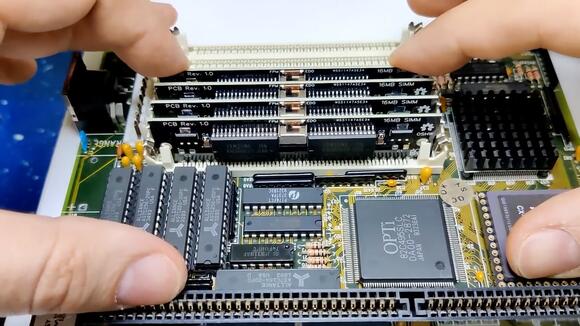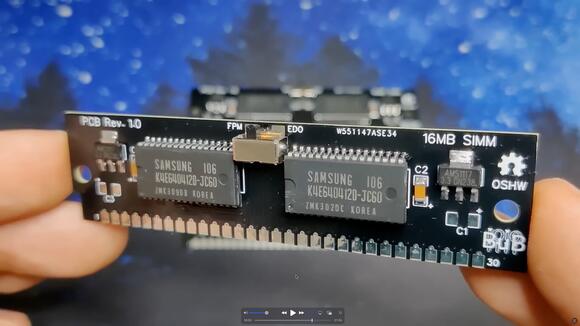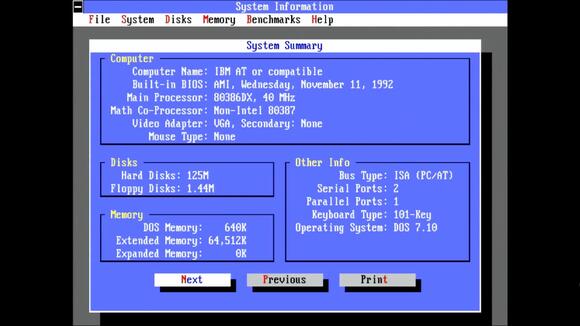Get updates delivered to you daily. Free and customizable.
Tom's Hardware
Enthusiast shows how to build 16MB 30-pin SIMMs to upgrade your vintage 386DX PC
By Jeff Butts,
6 days agoExpand All
Read in NewsBreak
Comments / 0
Add a Comment
YOU MAY ALSO LIKE
 Most Popular
Most PopularTom's Hardware1 day ago
Tom's Hardware2 days ago
New York City, NY2 days ago
Bryce Gruber26 days ago
Vision Pet Care10 days ago
Massachusetts State5 days ago
Emily Standley Allard20 days ago
Virginia State28 days ago
Foodie in Chicago25 days ago
NewsByJoshua7 days ago
Total Apex Sports & Entertainment21 days ago
Total Apex Sports & Entertainment18 days ago
Boulder, CO11 hours ago
Total Apex Sports & Entertainment28 days ago
Get updates delivered to you daily. Free and customizable.
Welcome to NewsBreak, an open platform where diverse perspectives converge. Most of our content comes from established publications and journalists, as well as from our extensive network of tens of thousands of creators who contribute to our platform. We empower individuals to share insightful viewpoints through short posts and comments. It’s essential to note our commitment to transparency: our Terms of Use acknowledge that our services may not always be error-free, and our Community Standards emphasize our discretion in enforcing policies. We strive to foster a dynamic environment for free expression and robust discourse through safety guardrails of human and AI moderation. Join us in shaping the news narrative together.




Comments / 0